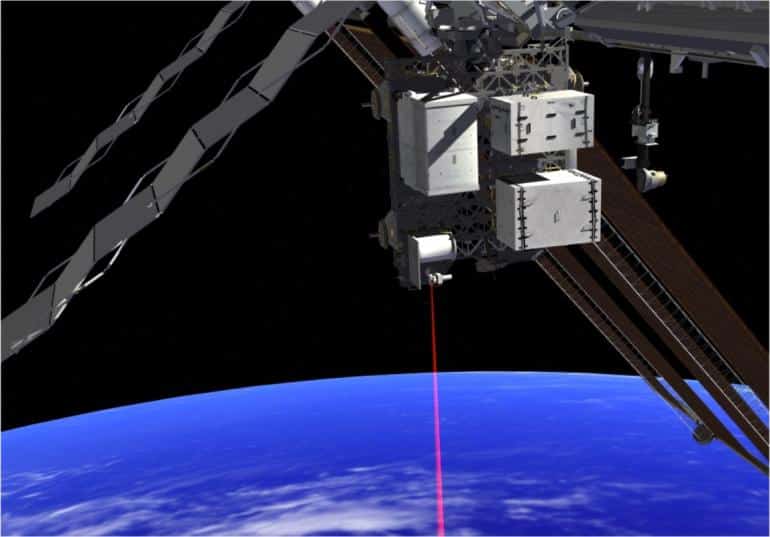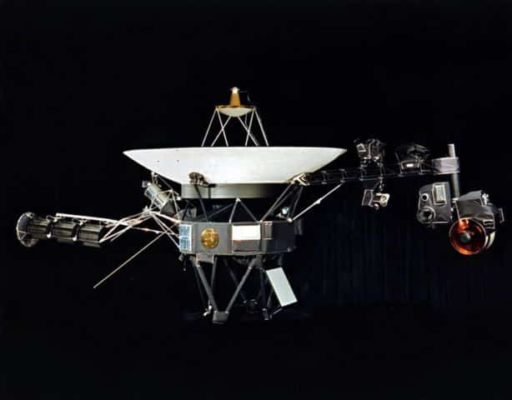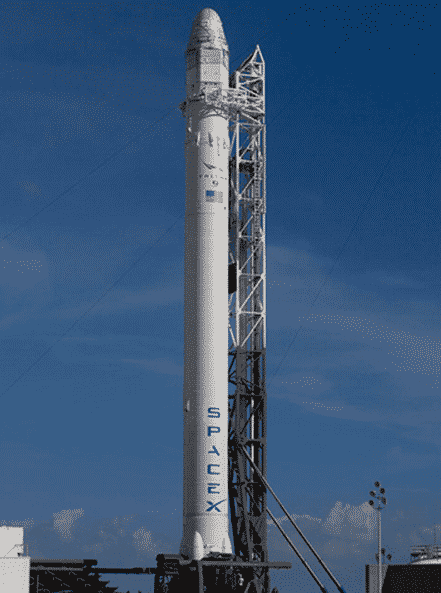We have often seen laser beams popularly deployed in spaceships in sci-fi movies and NASA is about to turn that into a reality. The space agency sent specialized hardware to International Space Station (ISS) and this equipment was recently successful in beaming a video back to Earth using laser.
The project has been named ‘Optical Payload for Lasercomm Science‘ (OPALS) and as part of it, the laser equipment at ISS beamed a 27-second video to Earth. This is the very first time a laser beam has been used in space to transmit data back to our planet, a very significant feat which may help in quicker space communications in the future.
The message was transmitted from the ISS to Table Mountain Observatory in California. Typically, the ISS radio waves communication system would have taken 10 minutes to transmit the same amount of data. The new OPALS system accomplished the same in nearly two minutes, which is a proof-of-concept demonstration that the OPALS system may herald the next-generation of communications system for the ISS.
However, there is one catch in the OPALS system for now. The corresponding hardware on board ISS has to first detect a beacon from the destination point on ground. OPALS then beams back the laser-transmitted data to that point in return. But since the ISS is moving at a speed of 17,500 mph most of the times, it is an awfully hard job to keep the laser beam focused on the beacon. So while the laser beam can be focused for a few seconds or a very brief interval, it may be very hard for the agency to successfully transmit longer chunks of data by keeping the ground destination and the laser beam on ISS connected.
Source: NASA
[ttjad keyword=”best-selling-gadget”]



